The report, by a panel of experts and independent researchers who hope to lay out a roadmap for NASA to begin supporting research into unidentified aerial phenomena (UAP), sifts through data to determine whether and how this mysterious phenomenon can be scientifically studied.
The team found no solid evidence that the unexplained phenomena came from extraterrestrial life.
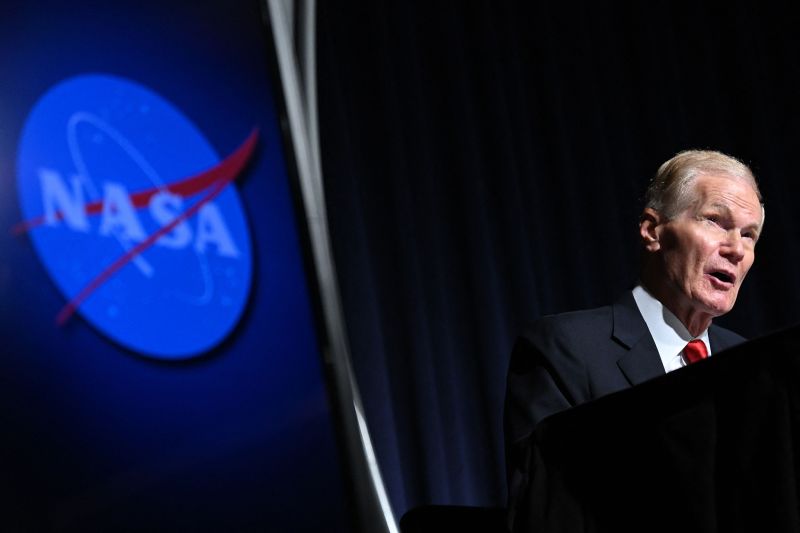
NASA Director Bill Nelson. Photo: CNN
The group concluded that NASA should use satellites and other instruments to learn more about the phenomenon. The space agency also announced on September 14 that it was appointing its first director of UAP research.
“This is the first time NASA has taken concrete action to take UAP seriously,” NASA Administrator Bill Nelson said at a press conference. “We are in a world of exploration.”
The 33-page report says aliens are not the only possible explanation for UAPs, but the search for a definitive answer is ongoing.
“Recently, numerous credible witnesses, often military pilots, have reported seeing objects they did not recognize in U.S. airspace,” the report said. “Most of these events have been explained, but a few could not be immediately determined to be natural or man-made.”
The report suggests that NASA could expand its search for answers using existing technology. Nelson also mentioned the possibility of using artificial intelligence to mine vast troves of data for answers, allowing scientists to cross-reference information collected by different instruments to get a clearer picture of what was happening at the time of the question.
The report also stressed the need to combat biases and “preconceived skepticism” that can prevent discussion of what witnesses saw. “Science is a process of revealing reality, however unpleasant or confusing that reality may be,” the report said.
However, the report authors acknowledge that eyewitness accounts are often unreliable and difficult to corroborate. “Therefore, to understand UAP, a rigorous, evidence-based, data-driven scientific framework is essential,” the report concludes.
Quoc Thien (according to NASA, AP, CNN)
Source


![[Photo] Flooding on the right side of the gate, entrance to Hue Citadel](https://vphoto.vietnam.vn/thumb/1200x675/vietnam/resource/IMAGE/2025/10/28/1761660788143_ndo_br_gen-h-z7165069467254-74c71c36d0cb396744b678cec80552f0-2-jpg.webp)
![[Photo] Prime Minister Pham Minh Chinh chaired a meeting to discuss solutions to overcome the consequences of floods in the central provinces.](https://vphoto.vietnam.vn/thumb/1200x675/vietnam/resource/IMAGE/2025/10/29/1761716305524_dsc-7735-jpg.webp)

![[Photo] Hue: Inside the kitchen that donates thousands of meals a day to people in flooded areas](https://vphoto.vietnam.vn/thumb/1200x675/vietnam/resource/IMAGE/2025/10/29/1761738508516_bepcomhue-jpg.webp)

![[Photo] National Assembly Chairman Tran Thanh Man received a delegation of the Social Democratic Party of Germany](https://vphoto.vietnam.vn/thumb/1200x675/vietnam/resource/IMAGE/2025/10/28/1761652150406_ndo_br_cover-3345-jpg.webp)






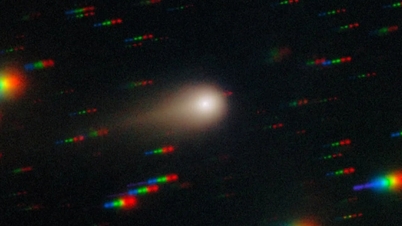
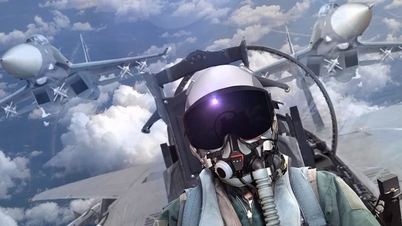
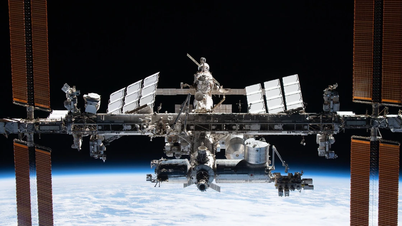





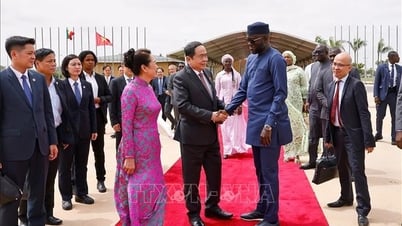



















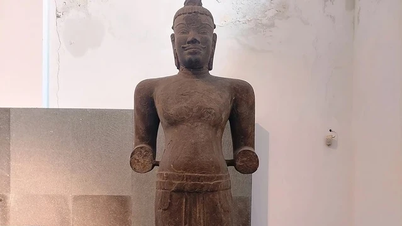











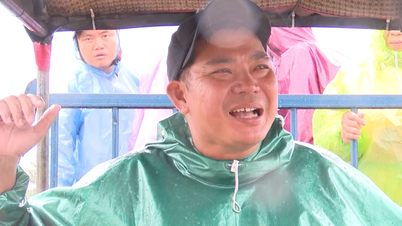


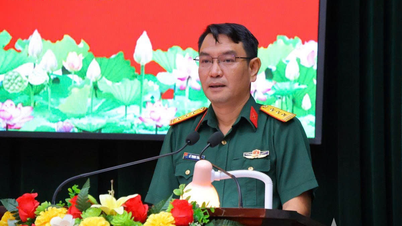


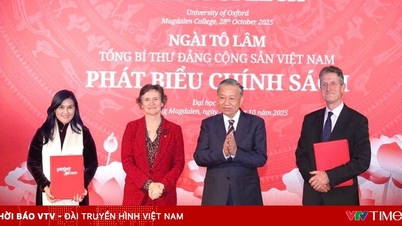

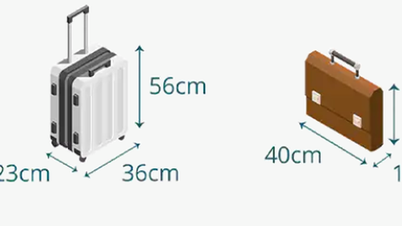










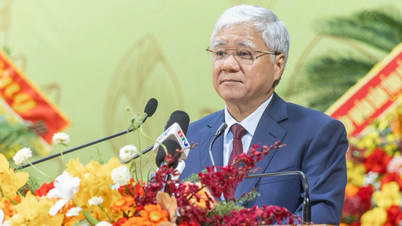
![[Infographic] Vietnam's socio-economic situation in 5 years 2021-2025: Impressive numbers](https://vphoto.vietnam.vn/thumb/402x226/vietnam/resource/IMAGE/2025/10/29/1761730747150_anh-man-hinh-2025-10-29-luc-16-38-55.png)

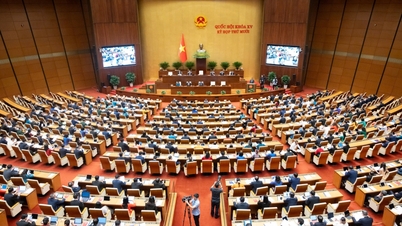

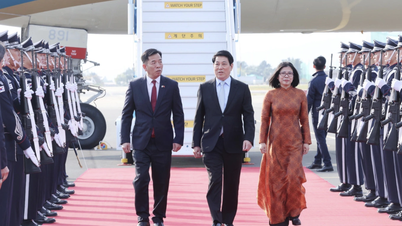
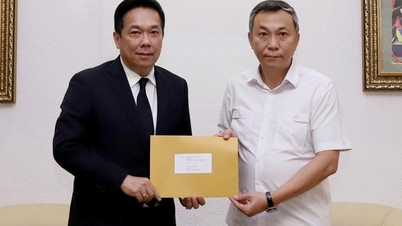



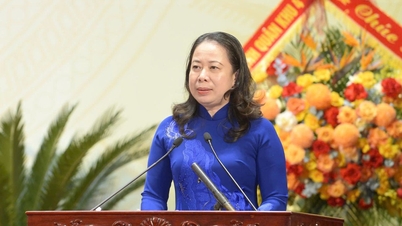







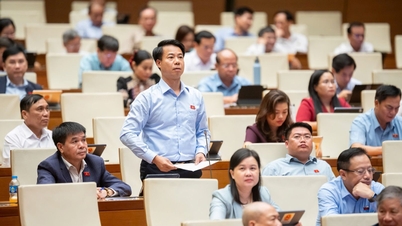


















Comment (0)